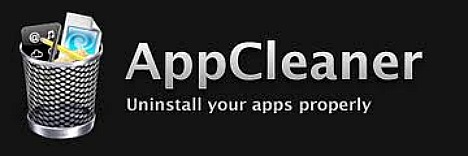


Go to User folder> Pictures and name the folder " Luminar AI Catalog"um.Now mark all files and folders for removal, with the exception of:.To do this, move the Luminar AI icon from the Applications folder to the AppCleaner window.Remove Luminar AI with the tool AppCleaner:.The support of Skylum Luminar AI answered my request less than 10 hours later and sent the following instructions (I translated it from English): The long solution: completely reinstall Luminar AI The advantage: no images or processing steps are lost and you can basically pick up where you left off. But no: Luminar will also find the new folder and continue to use it. The funny thing: At first I thought that the folder might have a flaw and renaming Luminar would make you create a new folder. I got him from " Luminar AI Catalog" in " Luminar AI Catalog-old“And then the app could be started again without any problems. Your user folder> Pictures> Luminar AI Catalog It may have missed a few files here and there, but this interface is far faster and more simpler than trying to track down each application file manually.The solution to the problem was very easy for me: You just rename the folder of the Luminar catalog. If you’re ready to do a little spring cleaning of your own, AppCleaner is a pretty decent tool for deleting all parts of an application from your hard drive. Because AppCleaner didn’t have a search tool, I had to use Terminal to track down that annoying old security app file that was making my computer run so hot. With no search bar, the only other option you have is to re-install the app and then drag the application icon into AppCleaner. But if you suspect you have straggler files left behind, there’s no good way to “seek and destroy” them with AppCleaner. Dragging and dropping is great if you still have the application installed and want to get rid of it. One thing that I wish AppCleaner had was a search bar. When I deleted one app using AppCleaner, one file was left behind in Application Support. Once you can see all the files, then you can choose whether you want to delete them or hang on to them.ĪppCleaner has a great UI and it is so simple to use! However, AppCleaner did miss a couple of straggling little files. If dragging applications into the trash can is leaving you with tons of little stragglers, AppCleaner is a good tool for finding straggler files. When an app installs, various files associated with the app can end up in all kinds of various folders. Getting an application to thoroughly un-install is tricky. During tests, AppCleaner did miss a few files during its sweep.Takes up very little space on your hard drive.Cleans up apps, plugins, and widgets in seconds.Drap and drop interface makes finding and deleting a program very simple.Just drag the application file into AppCleaner, and this tool shows you a list of all related files and, crucially, where those files are located on your drive. What is it and what does it doĪppCleaner, developed by FreeMacSoft, offers a simple drag and drop interface for cleanly deleting applications from your Mac. My roommate came to the rescue with a utility that he had tried and liked called AppCleaner, and I decided to give it a shot. But even though a search of my hard drive turned up no remaining files linked to that program, a file related to the program would show up in my Activity Monitor (and usually when my computer was running super hot.)Įnough’s enough, I said. Case in point: I had a security app that I used for a while, and then I deleted the application in favor of a different program. But there’s one thing that annoys me about clearing out old applications: I can never seem to get completely rid of them. I had tons of applications and old files that I needed to get rid of, and I cleared up a ton of space. This past weekend, I decided to clean out my hard drive.


 0 kommentar(er)
0 kommentar(er)
